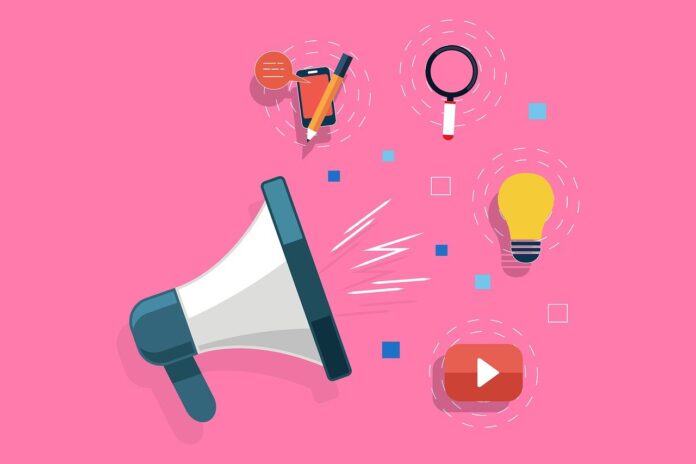Innovsol is a new-age innovator who is primarily into consulting and services
Please introduce yourself and your startup Innovsol to our readers!
As a company, Innovsol is a new-age innovator who is primarily into consulting and services. Our firm leverages digital technologies to innovate the curated solutions sector for businesses of all shapes and sizes. At our core, Innovsol’s operations involve combining business intelligence and tech expertise to help leverage change and deliver results via automation of everyday operations.
We aim at reducing human errors by letting programmed robots take over a complex extent of work efficiently, enabling the enterprise goals by harnessing the power of emerging technologies.
How did you get the idea for Innovsol?
The idea behind Innovsol was a necessity that forced us to think beyond rationale! As we worked in the corporate world, we wanted to start something independently. And as we debated, we wanted to provide Innovative Solutions to the end customer. And hence we came up with the name Innov(ative) Sol(ution).
Why did you decide to start with Innovsol?
We decided to start sometime in 2015 and officially quit our corporate job, and began on June 5. And we debated many ideas and did market research on shortlisted ideas. We saw a potential where Digital Technology was picking up. And we saw the impact on the industry in the coming days/yearn.
So, we invested our time and resources in this technology and partnered with the top two leading RPA product leaders to provide consulting and implementation services. Since then, we have moved to other new technologies such as Cloud, Data & Analytics, and a little bit of AI.
What is the vision behind Innovsol?
At its heart, Innovsol envisions an automated future of operations for organizations of all shapes and sizes. We intend to integrate automation, analytics effectively, and AI strategies across industries such as Banking and Finance, Insurance, Retail, and Manufacturing to steer the enterprises through their digital journey.
How difficult was the start, and which challenges did you have to overcome?
Being a small company, the process of landing our first project & overcoming it was a process of credentials and confidence. All of these factors have allowed us to become a known name around the industry as ‘Digital Experts.’
Who is your target audience?
Our target audience is any organization that is involved with mundane operations. With our vision of automating workforces, the target audience would be any organization or company involved in complex operations.
However, to give you a few names, such industries would primarily be Insurance, Banking and Finance, Retail, and Manufacturing, among others.
What is the USP of your startup?
At Innovsol, we excel in:
Multi-industry experience: Delivered projects in Manufacturing, BFSI (Banks, Insurance Companies, non-banking financial companies), and Retail
Automation expertise: 6+years in Intelligent automation, allowing us to deliver 300+ automated bots and provide cost effective solution to our clients..
With our operations at Innovsol, we tend to leverage the data and provide in-depth research-based offerings for potential differentiated outcomes in the universe of business.
Can you describe your typical workday?
My typical workday starts at around 6 in the morning when I usually like to invest my time going out for a small sprint around my locality or a game of Badminton. Once done, I return home at around 7 and train my body and mind via some weight lifting and yoga.
Following this, I spend some time with my kids, getting them ready for their school and doing breakfast with them before leaving for the office at around 9. After that, it’s like a typical workday at the office where we spend the first few hours discussing productivity as a team and focusing on the ‘how’ aspect of operations.
It generally gets over by 11-12, after which I like to get in touch with our clients and try to help them out on a one-to-one basis. Then, following some other everyday tasks, I sit around with my partners for lunch at 2:00 PM, where we discuss the company’s internals.
My day at the office ends at around 700 PM at night, after which I like to spend some time watching TV and enjoying my dinner till 9:00 PM, before finally going to bed at 10:30 PM.
Where do you see yourself and your startup Innovsol in five years?
We would love to see ourselves covering almost every possible country in the coming five years of our operation. With automation playing a major role in the functioning of several companies by 2027, we are confident we to be one of the key initiators of the era.
What 3 tips would you give to founders?
My three tips would be very simple:
1. Own it – Believe in your ideas and execute them. Be yourself, and allow your personality to sell what you’re building.
2. Prove your expertise – Share learning’s you’ve gained from current / past jobs that will support you in the business.
3. Keep learning!
More information you will find here
Thank you Joseph Vathalloor for the Interview
Statements of the author and the interviewee do not necessarily represent the editors and the publisher opinion again.









